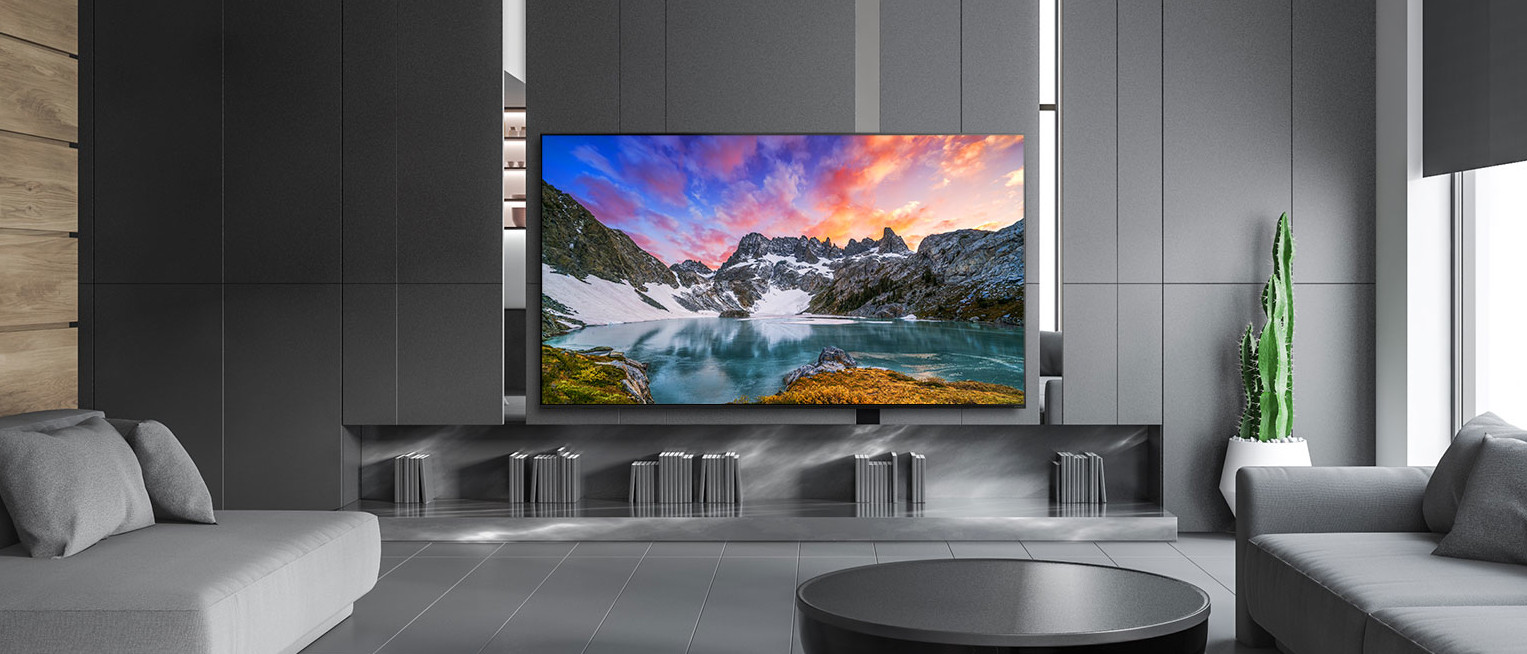TechRadar Verdict
The LG Nano 81 is a step up from the company’s UHD TVs, but by far the worst Nano Cell TV in the lineup due its edge-lit LED panel and awful local dimming. It’s missing many next-gen features like HDMI 2.1 ports and Dolby Vision, and it’s limited to a 60Hz native refresh rate. While its picture performance leaves a lot to be desired, it does have an eye-catching design and uses WebOS, which is great, and comes with the Magic Remote, so there are a few redeeming factors.
Pros
- +
Eye-catching design
- +
Decent upscaling
- +
Fine viewing angles
- +
WebOS is still great
- +
Comes with Magic Remote
Cons
- -
Edge-lit LED panel
- -
Awful local dimming
- -
No HDMI 2.1
- -
Limited to 60Hz
- -
No Dolby Vision or Atmos
Why you can trust TechRadar
The LG Nano 81 is one of those TVs that, if you don’t know what you're looking for, might actually appear pretty appealing on paper. It’s part of LG’s Nano Cell lineup and uses the same color-enhancing technology with a 4K resolution with HDR support. It’s a big step up for folks coming from a 1080p TV and yet, for the money, leaves a lot to be desired.
That’s because, while other Nano Cell TVs in LG’s lineup offer Dolby Vision, native 120Hz refresh rates and full array panels, the LG Nano 81 uses edge lighting with awful local dimming. It’s missing VRR and HDMI 2.1 ports, and many other next-gen features you can find just one step up higher in LG’s 2020 TV catalogue.
The good news here, and it’s not much, is that the LG Nano 81 benefits from the company’s advancements in upscaling algorithms – even though it doesn’t have the Alpha a9 or even the Alpha a7 Gen. 3 processor inside. That, combined with the better viewing angles of the IPS panel and its eye-catching design mean that this TV isn’t completely meritless, but it does severely limit who this TV is works for.
Long story, short? This is the worst ‘premium’ TV in LG’s lineup. While it’s a bit better than some of the company’s regular 4K UHD TVs, it’s probably a good idea for everyone to step up to the LG Nano 85 or LG Nano 90 for a bit more money instead.
Price and release date
The LG Nano 81 is part of LG’s 2020 TV catalogue and was released this year. It’s available in three potential screen sizes – 55 inches, 65 inches and 75 inches – that start at $649.99 / £699 (around AU$900) for the 55-inch 55NANO81 and shoot up to $1,499 for the 75-inch 75NANO80, exclusive to the US.
The good news is that we’ve already seen some decent discounts on the LG Nano 81 – the 55-inch version is down to just $499.99 before Black Friday at retailers like Best Buy and will likely remain there, and the 75-inch version is already discounted to under $1,000 at some retailers. That’s great considering their starting prices and means that they could fall even lower for Black Friday. You can also check out available LG promo codes to find current discounts on the display.
The bad news for the Nano 81 is that LG’s better Nano Series TVs aren’t much more expensive. The next step up, the LG Nano 85, starts at $699.99 for the 55-inch model and offers HDMI 2.1 with a 120Hz refresh rate, making it a better partner for the Xbox Series X and PS5, while the LG Nano 90, is only $100 more at $799.99.
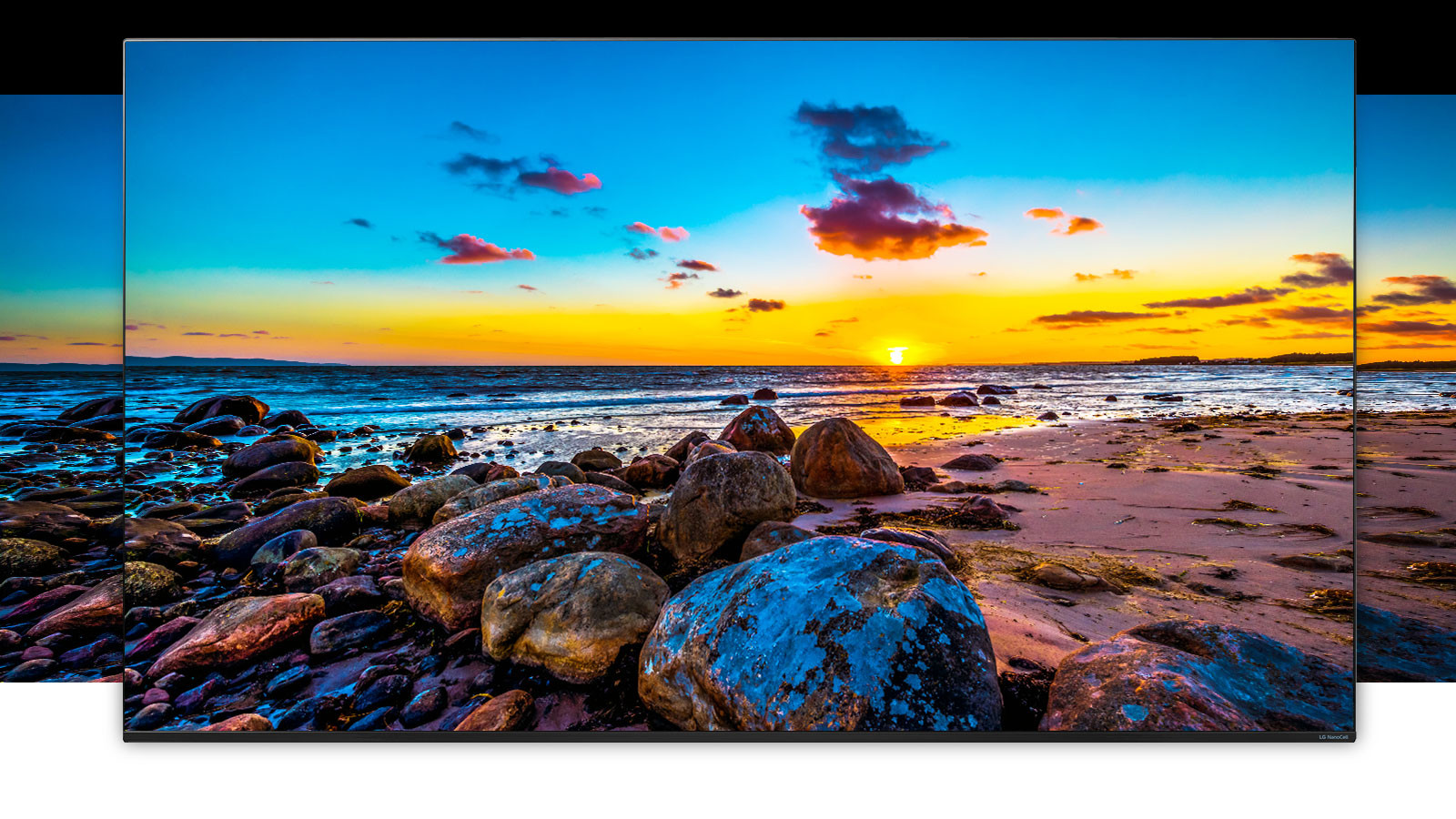
Design
While its design is what leads to the LG Nano 81 to some of its biggest performance flaws, it does actually look like a premium TV: its front face has a minimal amount of bezel, and the crescent-shaped stand makes it look very modern.
Because it uses edge lighting, the back of the TV doesn’t jut out very far which will make it a dream for wall-mounting, and it’s not the heaviest screen in the world, either, if you only opt for the 55-inch screen.
On the back of the TV, you’ll find a decent selection of ports – there’s four HDMI ports, one USB, a set of component inputs, optical audio and an ethernet port. Problematically, these HDMI ports are all version 2.0b, which is now the older standard. Having HDMI 2.1 ports would’ve enabled a number of better features, but because the TV is limited to a 60Hz native refresh rate the biggest of those – 4K@120Hz – was never even a possibility.
The bright spot here, however, is that this TV does come with the LG Magic Remote that feels wonderful in the hand. The remote has dedicated buttons for Netflix and Amazon Prime Video, but you can actually hold the Amazon Prime button to bring up Alexa. But, if you’d rather use Google Assistant, all you have to do is hold down the microphone button on the remote to summon it.
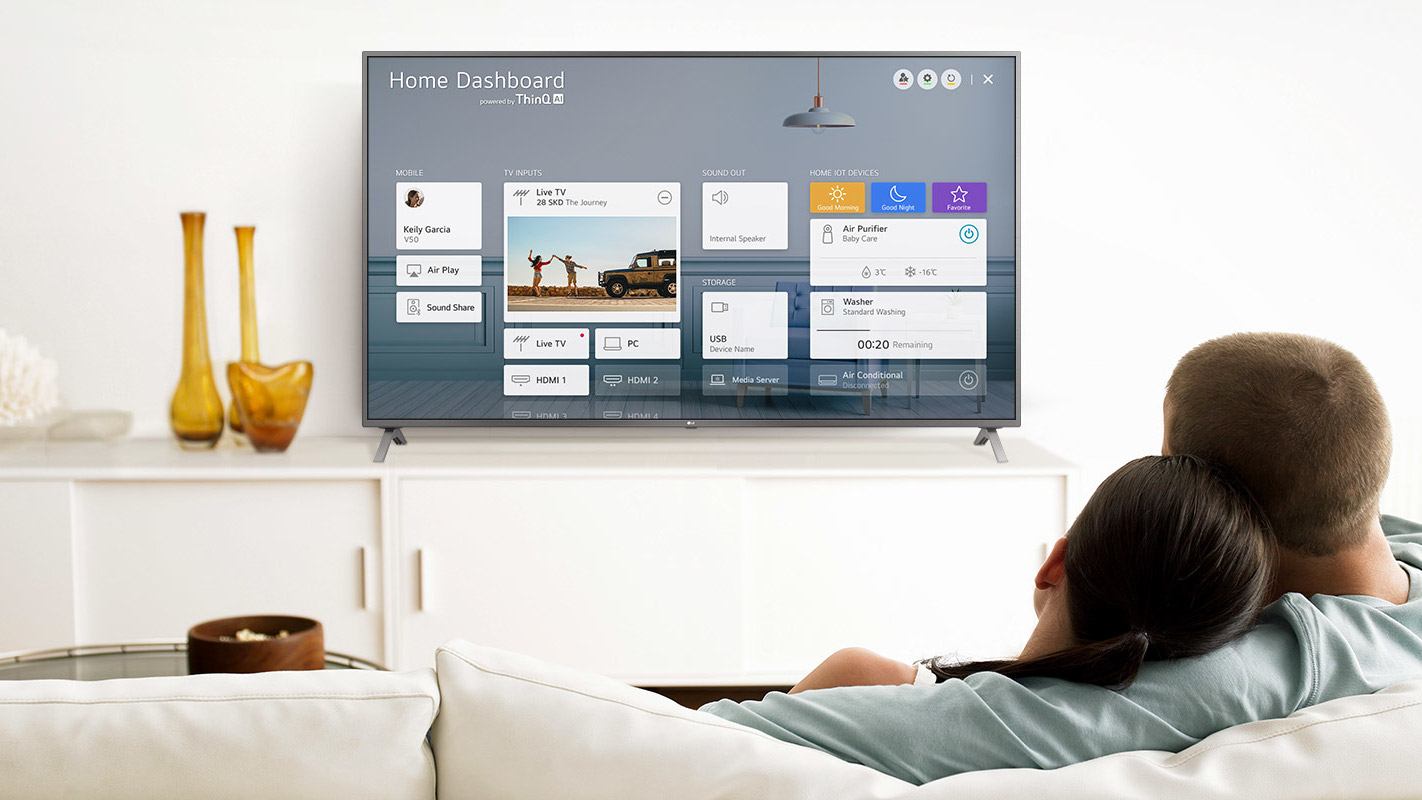
Smart TV (WebOS with ThinQ AI)
In the pantheon of smart TV platforms, LG’s WebOS is easily one of the most respected. In terms of usability, responsiveness and app support, WebOS is fantastic.
For starters, load time is nearly non-existent on a decent wireless connection. We were able to zip from Netflix to Amazon Prime Video in a matter of seconds, with both apps loading their respective content at near instantaneous speeds.
Moreover, while LG’s latest WebOS is missing a few fringe services, you’ll find nearly every major player here with Netflix, Hulu, Amazon Prime Video, YouTube and more all supported. Recent additions to the lineup include Disney Plus and Apple TV Plus, which is great for folks looking to get their fix of The Mandalorian or Ted Lasso.
The last feature worth mentioning for WebOS is its support of screen mirroring, a feature that allows anyone on your Wi-Fi network to Cast content from the phone or tablet to the TV without pairing over Bluetooth. This feature is supremely helpful when you have company over and you want to show them a quick clip from YouTube, or when you’re watching something on your phone that you think would look better on a 65-inch screen. Either way, its inclusion here is incredibly convenient.
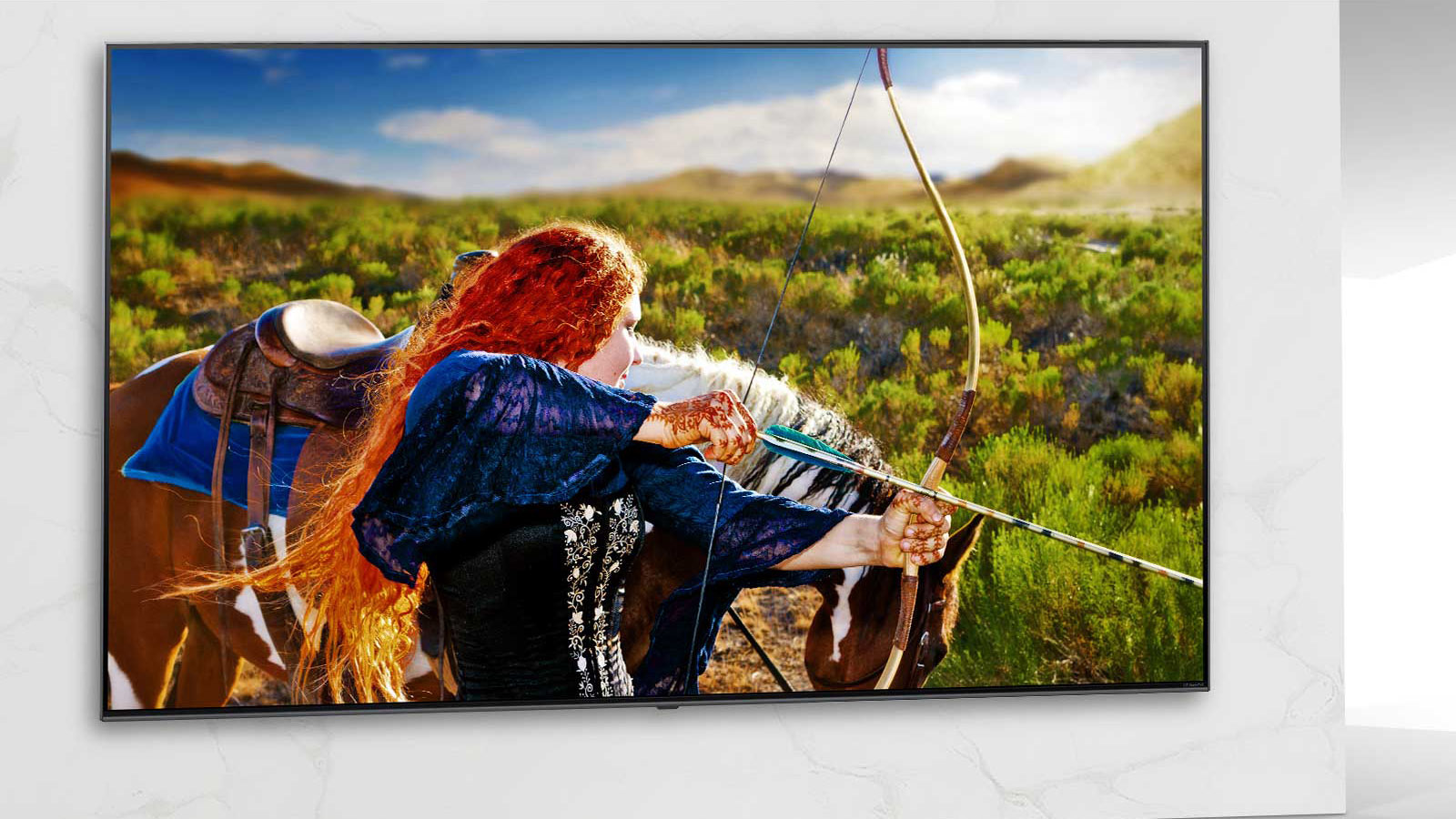
Picture performance
The LG Nano 81’s picture performance is a bit of a mixed bag. Colorful content like full screen video games and cartoons look great, while cinematic films and TV shows look simply rough due to the limited brightness and awful local dimming.
How bad of local dimming are we talking? Well, expect to see a halo around almost any bright image on a dark background as well as the backlights near the top and bottom of the screen. In an all-dark room, this is incredibly noticeable and will certainly detract from your next movie night. You can thankfully set the local dimming to a lower threshold inside the picture settings, but even that doesn’t make things much better.
So while darker films suffer from the bad local dimming, bright films never quite shimmer because of the TV’s low peak brightness. It’s not a huge problem for HD/SDR content like, say, your local news, but you’ll notice it more when watching 4K/HDR content like The Mandalorian or any of Netflix’s original shows or films.
Speaking of HDR support, the LG Nano 81 is the only TV in the Nano Cell lineup to not support Dolby Vision and is limited to HDR10 and HLG. What that means is that you’ll still be able to stream shows in HDR on Netflix and Vudu, but they won’t have the more refined color grades or higher peak brightness you’d find on the Dolby Vision version.
The upside here to the TV’s lower peak brightness is that SDR content looks great due to LG’s steadily improving upscaling algorithm that works wonderfully here, despite not using the Alpha a7 or a9 III processor, and the TV does have decently-wide viewing angles, allowing you to sit up to 60 degrees off axis with only a slight loss in saturation.
We also have to give the LG Nano 81 props for being a decent console companion - especially for the PS4 and Xbox One X. With a low input lag of around 10ms and fast response time, most games we played on it felt super smooth at 60 frames per second. It’s not a good match for next-gen consoles that can push out 120 frames per second gameplay, but for the current crop of hardware, it’s a solid pick.
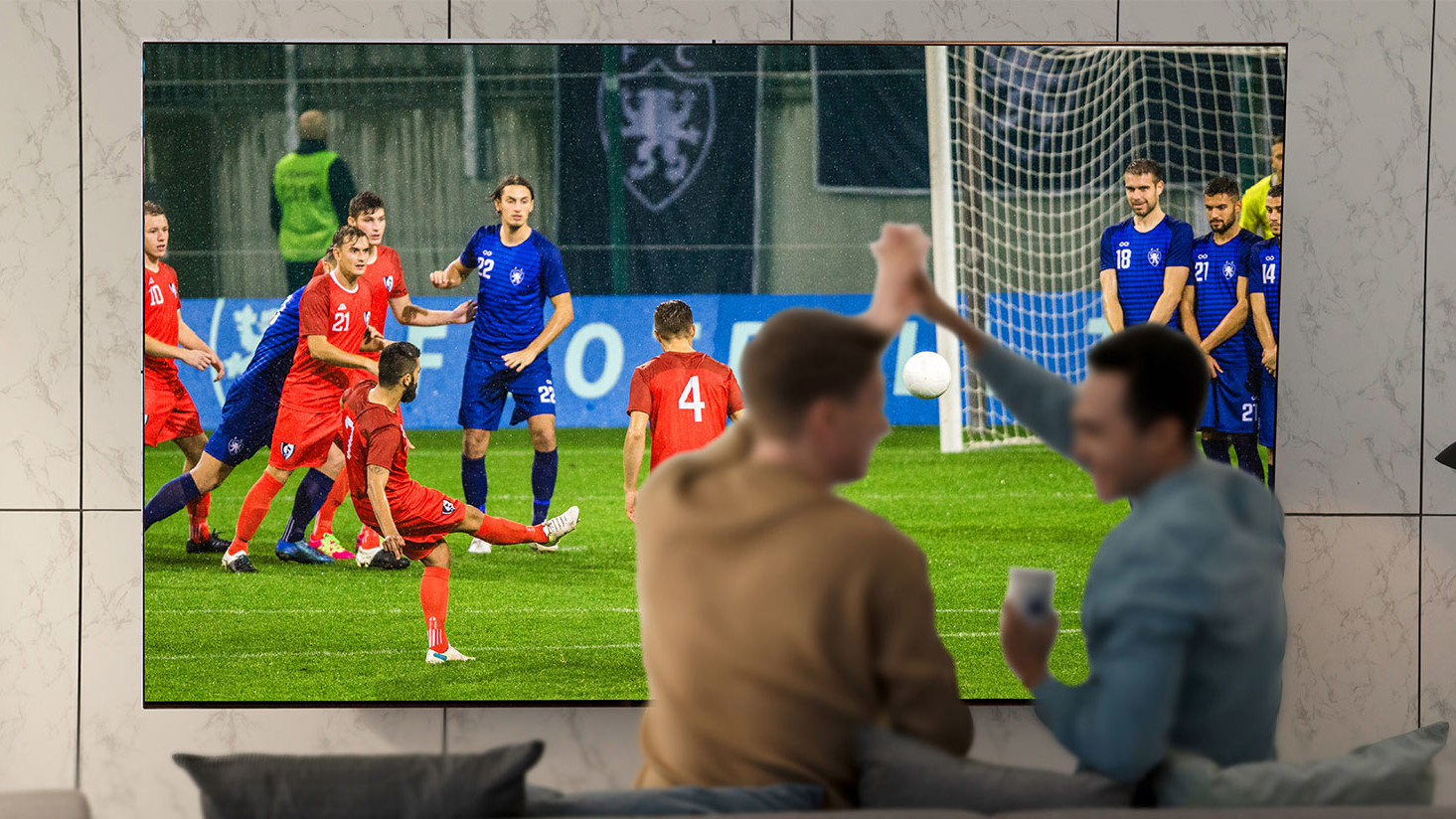
Audio performance
The LG Nano 81 is neither a complete disappointment nor likely to win any awards in the audio department – what you’ll find here is decent sound that pushes the mids forward for audible dialogue and an overall balanced sound. It’s by no means detail-rich, and music therefore really doesn’t sound the best here, but it’s workable for most content.
I’d say the biggest disappointment in terms of the way the TV handles audio is that there’s no Dolby Atmos support. If you want spatial audio, you’ll have to step up to Nano 85.
Should you buy the LG Nano 81 4K HDR TV?
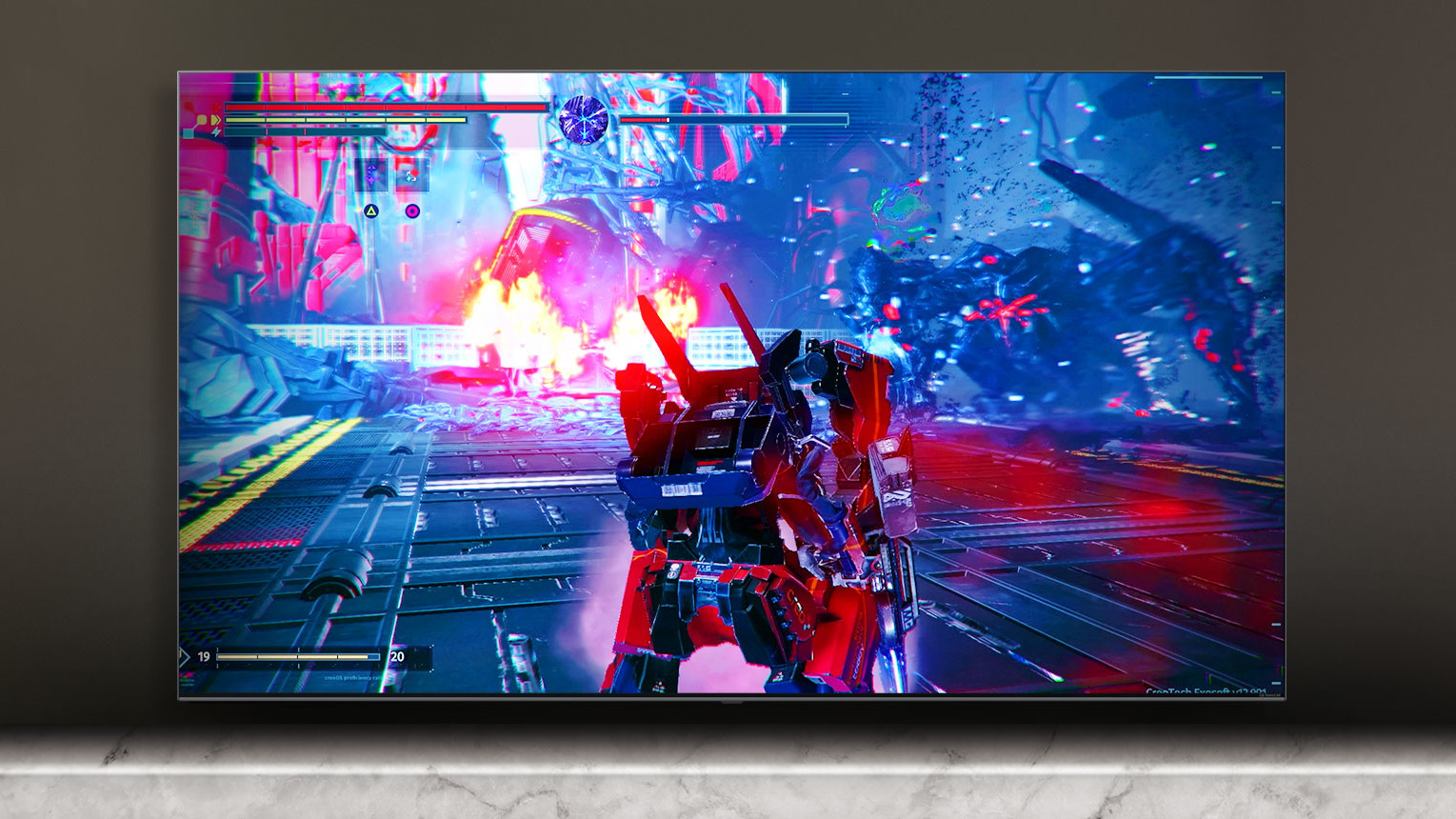
Buy it if…
You plan on mostly watching HD/SDR content
While the limited peak brightness and poor local dimming prevent this from being an excellent 4K HDR TV, it is a surprisingly good HD/SDR TV. If you only plan on watching content in that format, then it might be right for you.
You’re planning on sticking with the PS4 Pro / Xbox One X
Similarly, if you’re sticking with older consoles, exclusively, for the next few years, then you likely won’t have as many issues with the lack of cutting-edge features and lackluster performance of the LG Nano 81.
Don’t buy it if...
You notice things like light bloom and haloing
If you’re someone who notices blooming or haloing – basically any amount of light on the screen where it’s not supposed to be – then you won’t be pleased with the Nano 81. Blame the edge-lit design and poor local dimming.
You’re a sports watcher or a next-gen gamer
Another big limitation of this TV is that it’s confined to a native 60Hz refresh rate. That’s a particular issue for next-gen gamers who want 4K at 120 frames per second, and for sports watchers who demand fluid motion handling.
Save on electronics with our LG coupon codes. Find top deals on LG TVs, appliances, and more to enhance your home tech.
- Don't miss TechRadar's guide to the best TVs, bar none
Nick Pino is Managing Editor, TV and AV for TechRadar's sister site, Tom's Guide. Previously, he was the Senior Editor of Home Entertainment at TechRadar, covering TVs, headphones, speakers, video games, VR and streaming devices. He's also written for GamesRadar+, Official Xbox Magazine, PC Gamer and other outlets over the last decade, and he has a degree in computer science he's not using if anyone wants it.
